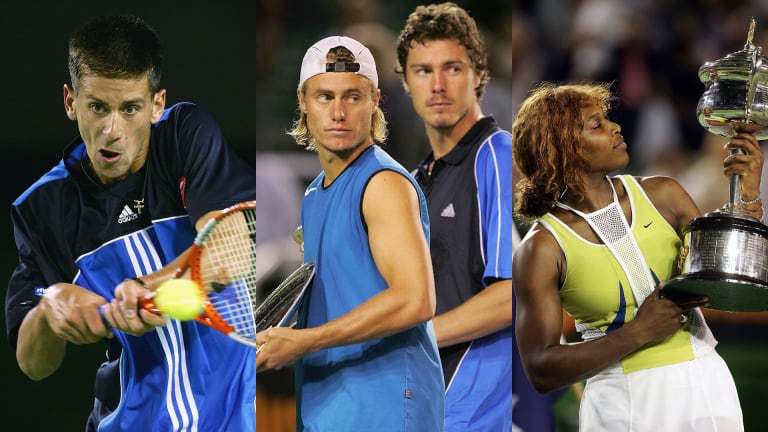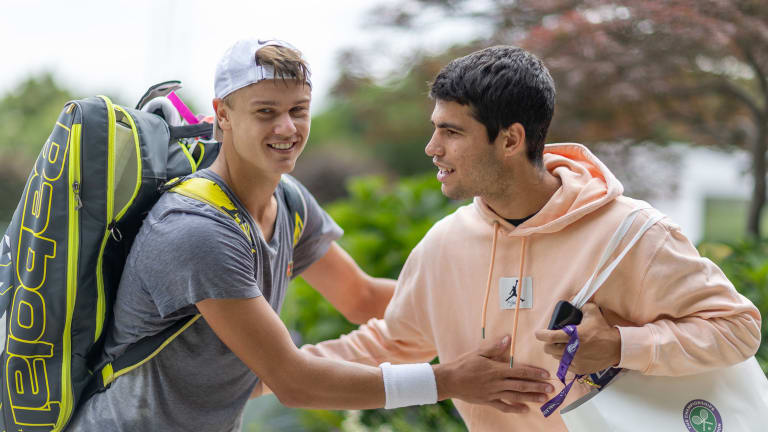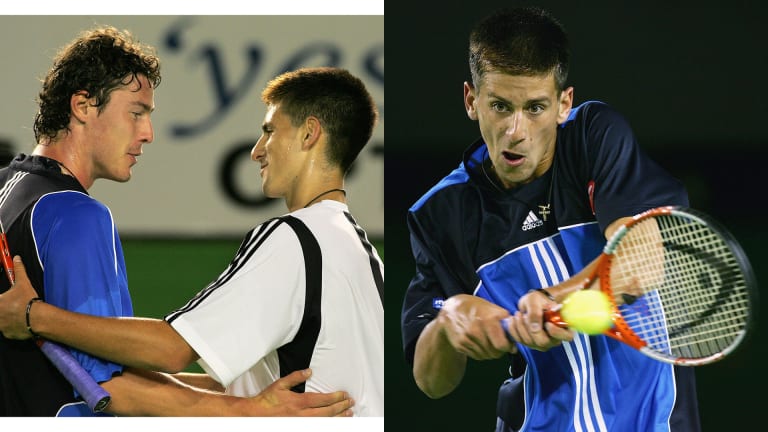For the first since 2005, tennis fans will tune into an Australian Open men’s final without either Roger Federer, Rafael Nadal or Novak Djokovic—another of the many signs that the “Big 3” era of dominance is almost at an end.
Instead, it will be Daniil Medvedev and Jannik Sinner who will face off for the trophy. The pair will compete on a Rod Laver Arena that features a retractable roof, no linespeople thanks to electronic line-calling technology, and fans who are now allowed to move about freely between games—a world away from what it was like back when Marat Safin defeated Lleyton Hewitt for the title.
If it’s hard to picture a world before the Big 3, here’s a snapshot of what the world was like in 2005…
What else didn’t we have?
The iPhone (and iPad, and Apple Watch)
Back then, Apple was a brand more famously associated with computers than phones before they launched the iPhone in 2007, ushering in the smartphone era. There are now 15 versions of the iPhone and counting.



